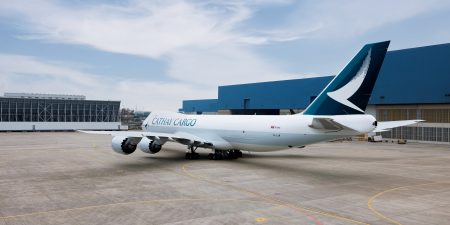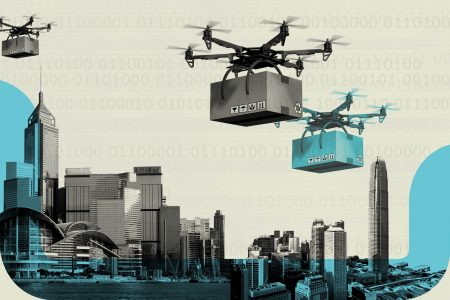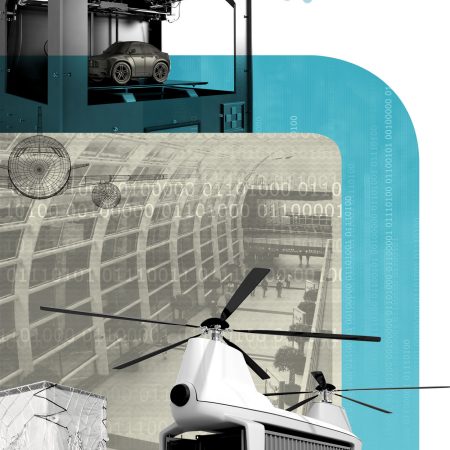First the bad –or possibly good – news. Your online purchase will not be beamed into your home, and nor will B2B shipments. Goods will continue to be moved by various modes of transportation. Air cargo will still pass through warehouses on more or less congested airfields and continue to spend more time on the ground than in the air.
Depending on how far away tomorrow is, though, there will be differences in the detail. In some cases there might not even be a shipment, or inventory.
The line-up of vehicles that move goods is set to expand, and will include self-driving units on the ground as well as unmanned aerial devices. The 2016 version of DHL’s forward-looking Logistics Trend Radar notes that while self-driving vehicles and drones are already on the scene, they are still some time away from assuming a defined role in logistics.
Marcel Fujike, senior vice-president for products and services, global air logistics at Kuehne + Nagel, predicts that drones will really come to the fore in rural areas rather than densely populated centres. ‘We already see some moves in Africa,’ he says.
Ram Menen, former head of cargo at Emirates and ex-chairman of TIACA, thinks it will be a while before the skies are blackened with delivery drones. ‘Drones can carry small parcels, but I don’t think we will see large numbers taking to the air for a while yet,’ he says.
Regulators too would baulk at the idea of thousands of these devices flying around, but Menen adds that in the longer term a regulatory framework and operating corridors will be created for them.
This will also be the case for the deployment of larger drones capable of carrying payloads of two or three tonnes, he reckons. ‘Most likely these will operate on set routes between facilitation centres,’ he says.
By the same token, remotely controlled unmanned freighter aircraft will not make an entry before regulators are satisfied that clear operating parameters are in place. Anselm Eggert, vice-president of strategy and business development at Lufthansa Cargo, thinks that cargo planes will take the lead there ahead of passenger aircraft but acknowledges that no plans for such aircraft exist.
‘In the next five years there will not be huge change,’ he says. ‘There will be developments and projects. The really big changes will kick off in five years, but we will really get there in 10 years.’
This tallies with DHL’s Logistics Trend Radar, which envisages the establishment of big data, cloud logistics, augmented reality and anticipatory logistics within the next five years. Its authors see high-profile game changers such as 3D printing, self-learning systems, unmanned aerial vehicles and self-driving vehicles still more than five years away.



